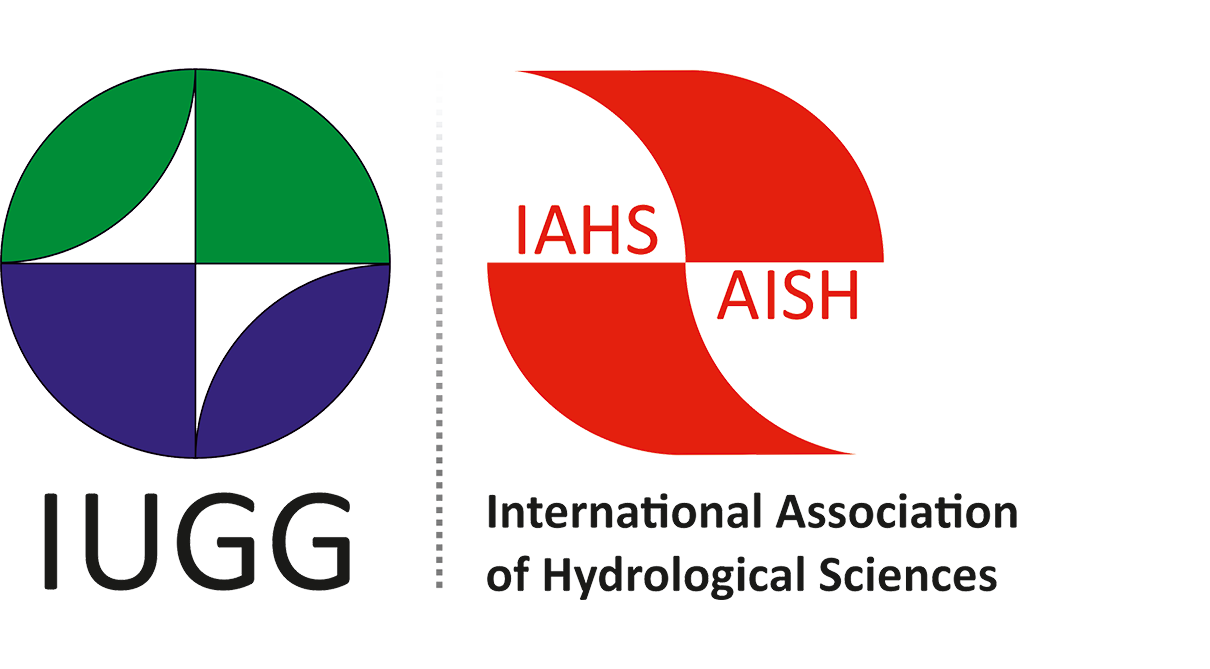PUB SYMPOSIUM 2012
Theme 4: New Approaches to Data Collection and Information Gain - Wednesday, October 24, 2012
Convener: Erwin Zehe ([email protected])
Co-conveners: Nick van de Giesen, Vincent Fortin, Theresa Blume, Uwe Ehret, Karsten Schulz ([email protected]; [email protected]; [email protected]; [email protected];[email protected])
No prediction without understanding, no understanding without information, no information without data. These statements are valid for any empirical science; the last two statements, however, point to a cardinal problem in hydrological science. In recent years many new approaches to collect data on surface and subsurface properties, states and processes have been developed. This includes geophysical methods (geo radar, active seismic methods, ERT) to collect proxies on subsurface patterns and dynamics; remote sensing methods, cosmic neutrons, scintillometers to collect dynamic proxies on soil moisture, latent and sensible heat fluxes, water stress indices for vegetation; new approaches to assess rainfall variability and variability of air humidity (radar, attenuation of GNSS signals) as well as new smart tracers to discriminate source areas and source volumes of runoff components. While this is a major step ahead we need a much better picture which combination of these data sources and which metrics - to extract information form these data - are needed to
(1) Characterize the hydrological relevant architecture of landscape elements (hillslope, catchments), especially with respect to bedrock topography, subsurface heterogeneity and flow path connectivity; (2) Understand how structural characteristics, and distributed dynamics control integral mass/water and integral energy flows across scales.
These insights are however the key to find out whether certain elements in the landscape exhibit functional similarity with respect to the dominant process (which might of course change depending on the prevailing boundary conditions). This is deemed as a key to better understand spatio-temporal organization of the water cycle at relevant scales and specifically to design more targeted strategies collected the right for the right reasons to maximize information gain when gauging ungauged catchments.
Oral Programme (15 minute talks)
Poster Programme
